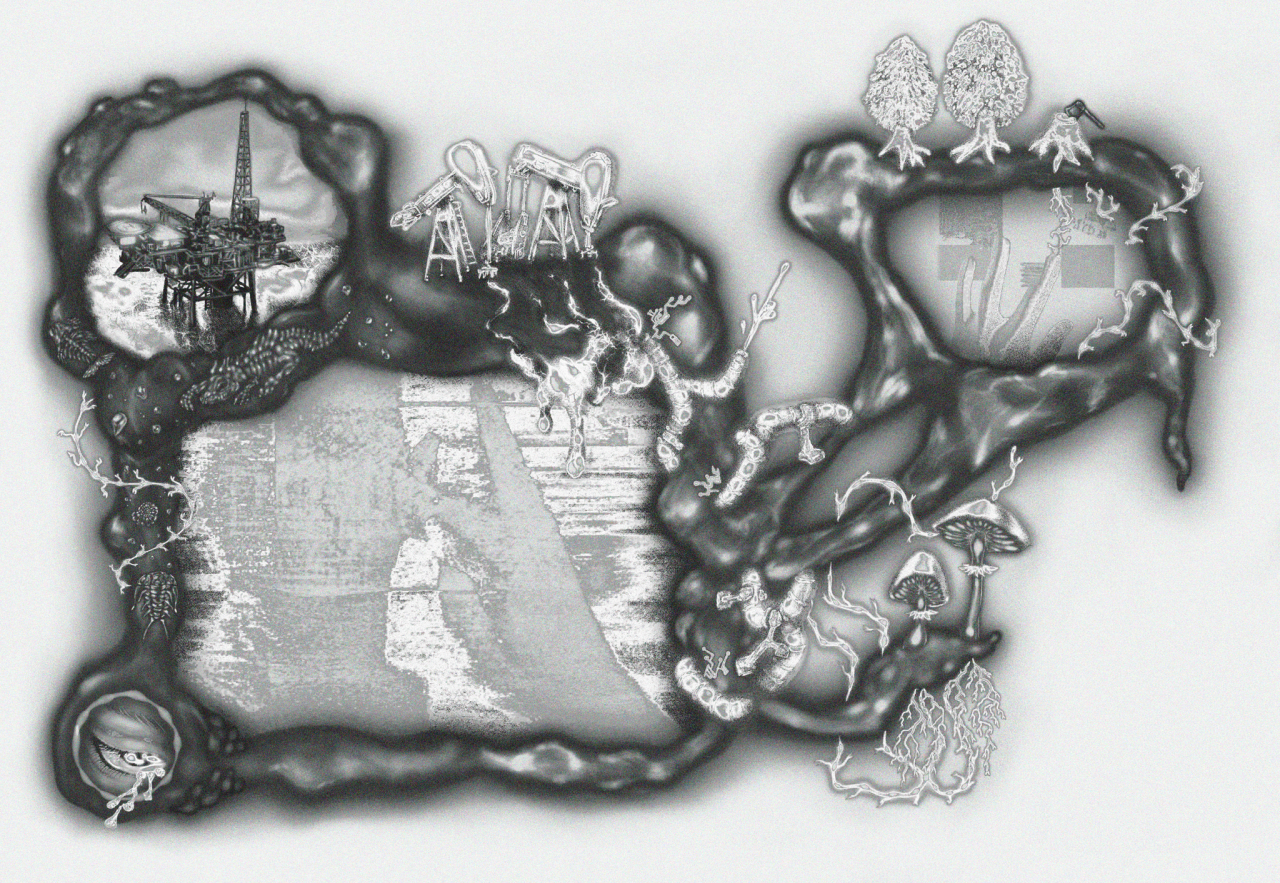
Issue 1
Technocriticism

The publishing of new design journal Leida coincides with a variety of changes both in natural and artificial environments and marks a desire to analyse these processes through the knowledge, experience and practice of designers and design researchers. With the founding of Leida, the Faculty of Design at the Estonian Academy of Arts steps into a new era, where we see the need to reflect on design practices, writing and education more than ever. In order to do that, we need to find and develop links to other, design-adjacent fields. A large number of dedicated and kind-hearted people have contributed to the publishing of Leida and every one of them recognises the need for further discussions relating to Estonian design and to tie these to relevant themes and directions present in the international design community.
The articles in the first issue of Leida look at technology, which, on the one hand, makes people’s lives possible but, on the other, also shapes humans and in this, designers play a huge role. As technology impacts the practice of design as well – the way that designers design – inevitably, the development of technology also shapes the discipline. When we speak about design and the possible positive and negative consequences of its application, we also need to talk about technology. And this is the reason technocriticism became the central theme of the first issue of Leida.
Design and technology researcher Ariel Guersenzvaig introduces the philosophical history of technological terms and discusses how these influence the way we create meanings and identities in our daily life. Guersenzvaig highlights the need to discuss the ethical choices designers make in shaping the environments that surround us. The essay by the philosopher Oliver Laas gives a multifaceted view of the history of augmented reality and its development, presenting a selection of the various ways it manifests. Laas shows how the border between the real and the virtual is becoming increasingly thin. Designer and researcher Marjanne van Helvert introduces the context and aims of the book “The responsible object”, also recently published in Estonian. Based on a better understanding of the effects of design, Helvert highlights the need to rethink the design canon.
Leida values practice-based research and the issue of technocriticism includes that through the practices of design, art, education and exhibition-making. Designers and researchers Kristi Kuusk, Nesli Hazal Oktay and Arife Dila Demir write about the use and meanings of sensorial design through their research, focused on bodily interactions. The visual essay by the artist Britta Benno looks at her artistic research through material, science and landscapes, giving attention to the creative process in particular. Artists Darja Popolitova, Juss Heinsalu and Sandra Kosorotova discuss the touching points of materials and technologies through their practices, valuing tactility. In their article, educators and researchers Louna Hakkarainen and Kaisa Karvinen write about a course on gender and technology they taught at Aalto University, analysing the content, the challenges, and the methodologies they applied. Based on the exhibition on the Estonian graphic designer Jüri Kaarma at the Estonian Museum of Applied Art and Design, the designer Maria Muuk explores the potential for queer uses of Estonian Soviet period graphic design.
Technological awareness and its echoes from design history are reflected in the website design created by Alexandra Margetic and Oliver Long for Leida, which also thanks to the help of developer Alejandro Bellón Ample links the clarity of historical design and architecture magazines and the possibilities of the virtual environment. The cover image for the first issue by Zody Burke blends organically with the rest of the design of the journal.
The technocriticism issue of Leida shows how the choices made in the design process are influenced by technology, materials, methods and techniques that are inevitably connected to the designer as well as all other bodies, senses, thought patterns and values. The need to recontextualise our knowledge and practice of design so far, expressed in Helvert’s book, also requires a continuous reorganisation of our thinking patterns and values. This is the only way towards more responsible design. We hope that Leida will guide our way on that journey.
Editor-in-Chief
Taavi Hallimäe